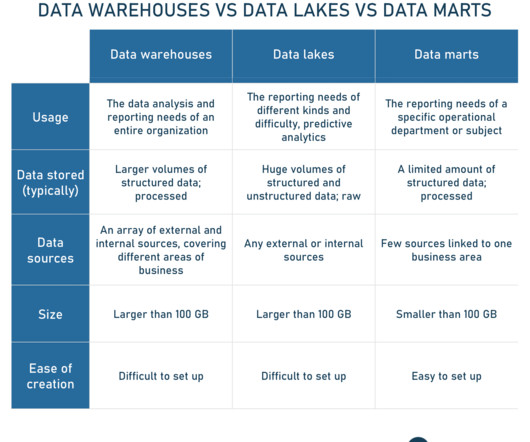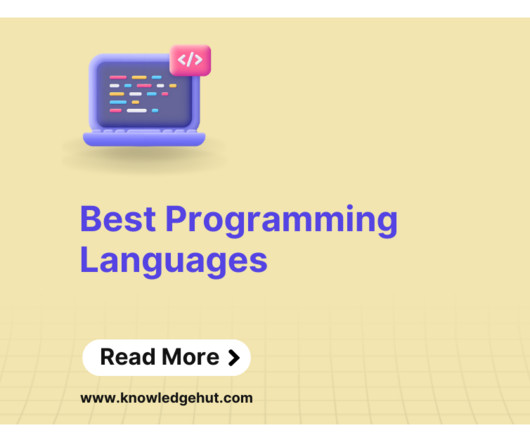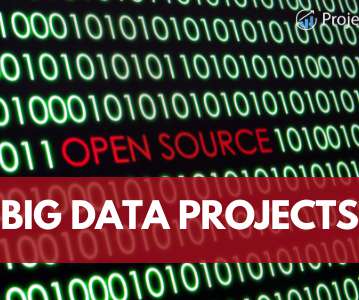10 MongoDB Mini Projects Ideas for Beginners with Source Code
ProjectPro
JUNE 6, 2025
MongoDB Inc offers an amazing database technology that is utilized mainly for storing data in key-value pairs. It proposes a simple NoSQL model for storing vast data types, including string, geospatial , binary, arrays, etc. The project will follow the given architecture of using MongoDB with Node.js



















Let's personalize your content